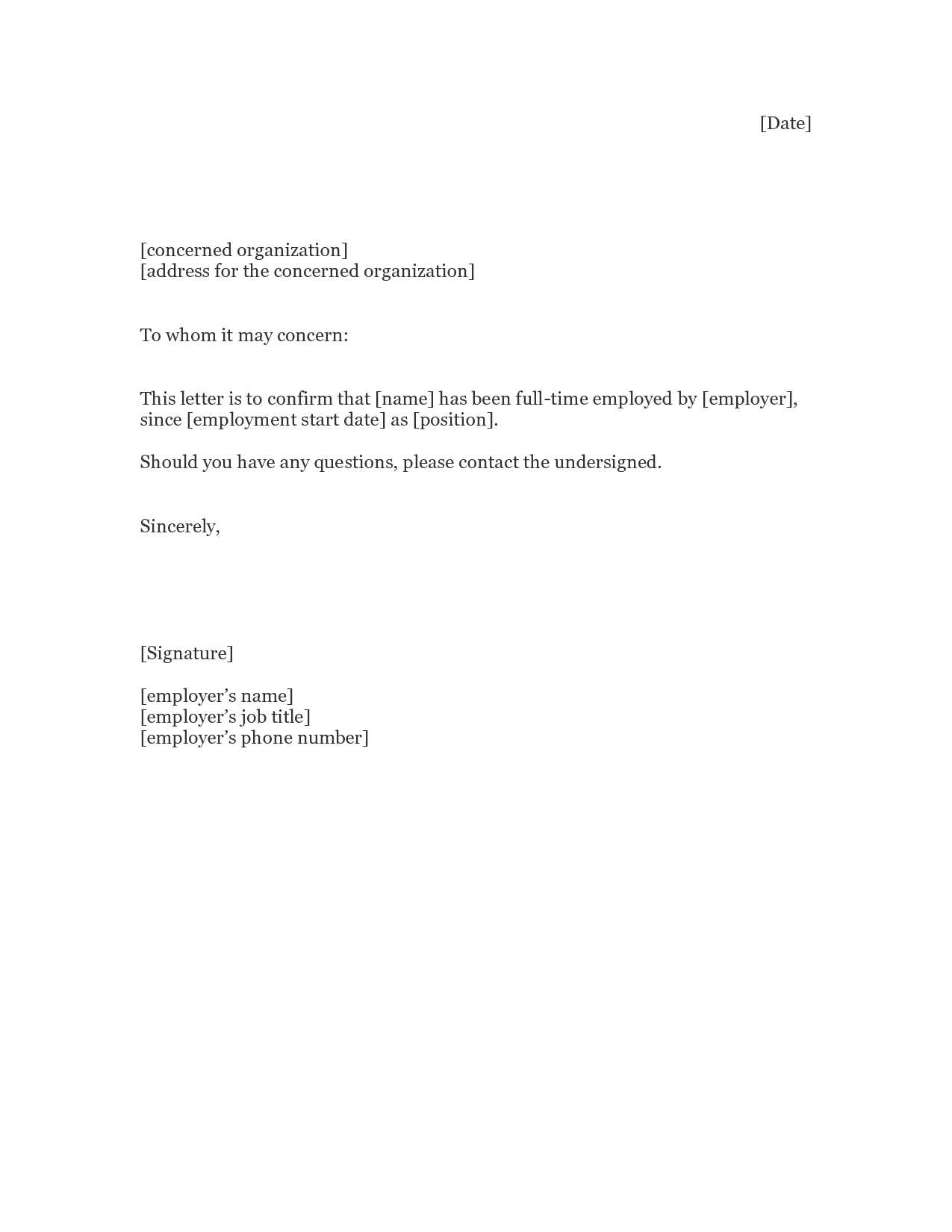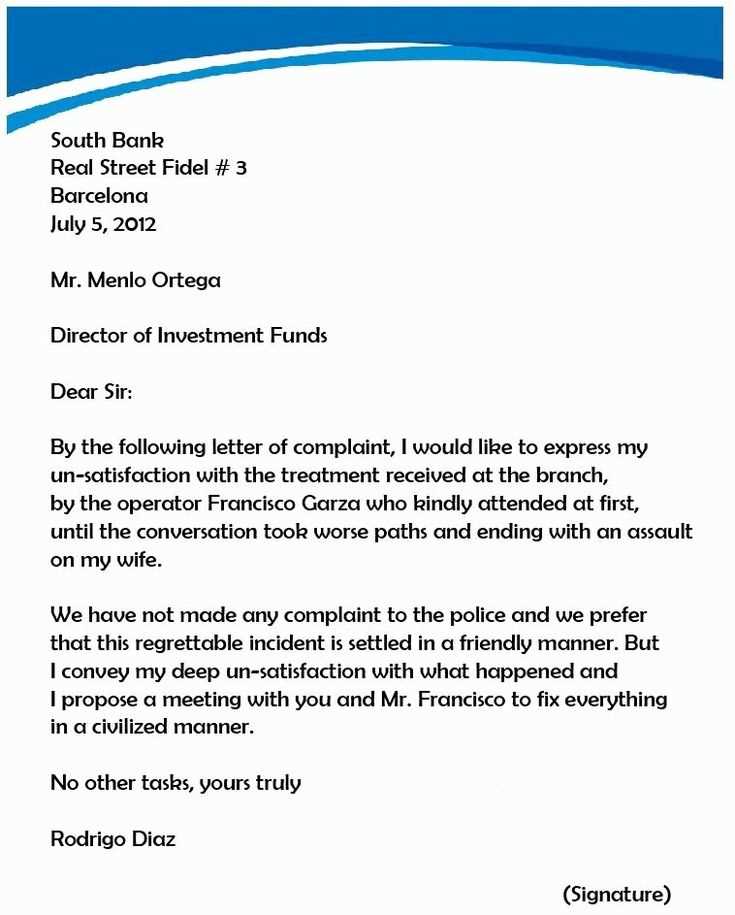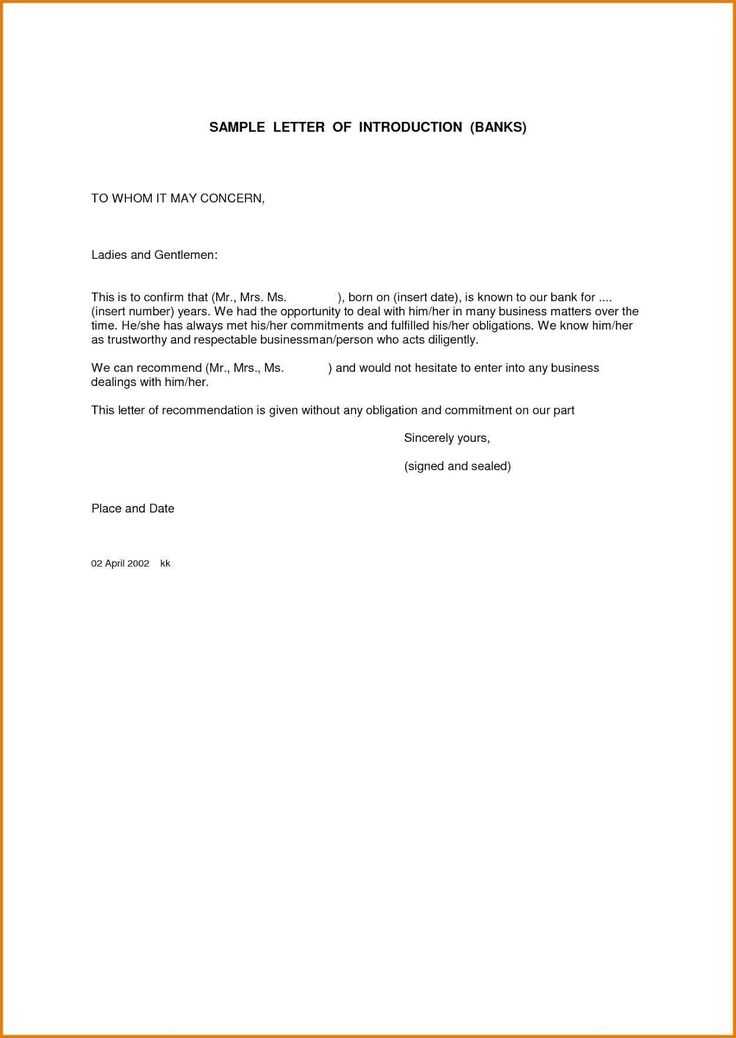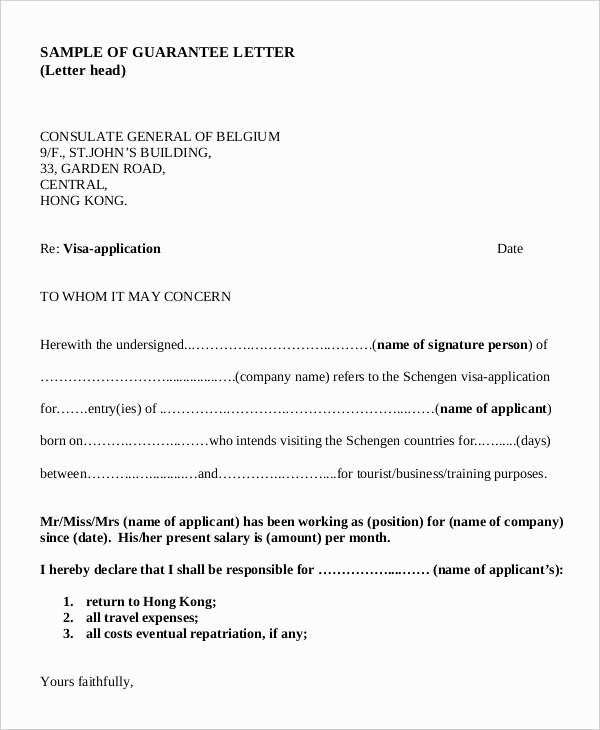Sample letter of concern template

To address an issue clearly and constructively, start by expressing the concern directly. Focus on the situation at hand, keeping the tone polite yet firm. Acknowledge any relevant details, such as dates or specific events, to ensure clarity. It’s also helpful to state the impact of the issue, explaining how it affects you or others involved.
Next, provide any necessary background information without overwhelming the reader. Keep it concise and to the point, using factual language. If possible, suggest a solution or request specific actions. This demonstrates that you’re invested in resolving the matter positively, rather than merely presenting a problem.
Close by thanking the recipient for their attention to the matter. Reiterate your willingness to cooperate and provide contact information for follow-up. The letter should leave the reader with a clear understanding of the issue, as well as your expectations for resolution.
Sample Letter of Concern Template

When drafting a letter of concern, focus on clarity and precision. Begin by stating the purpose of your letter directly, outlining the specific issue without ambiguity. Avoid unnecessary details and get straight to the point.
Example: “I am writing to express my concerns regarding the recent changes to the project timeline, which I believe may impact our team’s ability to meet the agreed deadlines.
Provide concrete examples of the issue at hand. Highlight the situation clearly, outlining how it affects you or others involved. This allows the recipient to understand the concern from your perspective.
Example: “The revised schedule allocates less time for key tasks, potentially leading to delays and quality concerns. The previous plan had accounted for these tasks more realistically, ensuring adequate time for completion.”
Be specific about the outcome you’re seeking. Whether you want an action taken or a meeting to discuss the issue, state it directly. Ensure your request is reasonable and achievable within the given context.
Example: “I would appreciate the opportunity to discuss these changes with you at your earliest convenience. It would be helpful to reassess the timeline and make any necessary adjustments to prevent further delays.”
Close the letter politely, emphasizing your willingness to collaborate and resolve the issue. Keep the tone professional and courteous to maintain constructive communication.
Example: “Thank you for your attention to this matter. I look forward to your response and hope we can find a mutually beneficial solution.”
Choosing the Right Tone for Your Letter

Be direct and respectful. Address your concerns clearly without being confrontational. Consider the recipient’s position and maintain a professional, yet friendly tone.
Avoid sounding accusatory or overly emotional. Stay focused on the issue at hand, rather than making personal attacks. Be mindful of the language you use, ensuring it remains courteous and neutral.
Use positive, solution-oriented language when possible. Acknowledge the recipient’s efforts, even if you disagree with their actions. This approach helps maintain an open line of communication.
When expressing dissatisfaction, balance your tone with constructive suggestions. This shows that you’re not just pointing out problems but are also offering potential solutions.
Always tailor your tone to suit the situation. For example:
- In a formal context, keep your language polite and respectful.
- For informal letters, you can afford a more conversational tone, but still be mindful of your choice of words.
Adjust the level of formality based on your relationship with the recipient, but remain clear and respectful throughout your letter.
Addressing the Recipient Professionally
Use the recipient’s full name or their proper title when addressing them. Avoid informal greetings unless you are certain of your relationship with the recipient. For instance, “Dear Mr. Smith” or “Hello Dr. Johnson” ensures that you maintain respect and formality.
If you are unsure of the recipient’s title, opt for a neutral approach like “Dear Sir or Madam.” This shows respect while acknowledging uncertainty. Ensure you check the recipient’s preferences if possible to tailor the greeting accordingly.
Be clear and direct in your salutation without adding unnecessary phrases. Directness reflects professionalism and shows that you value the recipient’s time.
For follow-up communication, refer to previous correspondences to maintain continuity. This will keep the tone professional while showing attention to detail.
Clearly Stating the Issue at Hand
Be direct and to the point when describing the problem. Provide relevant details to ensure the recipient fully understands what is being addressed. Use specific dates, locations, or any other factual information that can help clarify the situation.
Avoid ambiguous language and stay focused on the core issue. For instance, if the issue relates to a delayed delivery, mention the original date promised and the current delay. Offering concrete examples will avoid confusion and provide clear insight into the matter.
| Issue Description | Details |
|---|---|
| Delayed Shipment | Shipment was expected by January 15th but was not received until January 25th. |
| Incorrect Billing | Invoice reflects a charge for services not rendered in December. |
Once the issue is outlined, avoid unnecessary elaboration. Stick to the facts to maintain clarity. This allows the recipient to address the issue without unnecessary confusion or delay.
Including Relevant Supporting Information
Attach specific documents or examples that directly support the concern raised. For instance, if the issue involves a missed payment, include relevant invoices or receipts. If the complaint relates to service quality, attach any communication or records that outline the problem. The goal is to provide clear, direct evidence that can help the recipient understand the issue more thoroughly. Always ensure that the supporting materials are organized and easy to follow. Avoid including unnecessary or unrelated information, as this can detract from the main point.
When referring to any included documents, make sure to reference them clearly within the body of the letter. This will guide the reader to the relevant pieces of information without confusion. Be concise in your explanation of how each document or example supports your concern, ensuring that each point is backed by appropriate evidence. This method will increase the chances of your concern being taken seriously and acted upon promptly.
Offering Potential Solutions or Requests
Address the core issue with a clear solution or request. Be specific about what you seek to resolve or achieve, and provide actionable steps that can be followed. Here are a few strategies to consider:
- Propose a meeting: If misunderstandings or miscommunications are at play, suggest a face-to-face or virtual meeting to clarify details and align on expectations. Offer times or dates to make the scheduling process easier.
- Request a follow-up: If a situation requires ongoing attention, request a follow-up after a specified time. This ensures progress and helps avoid any lingering issues.
- Recommend an alternative approach: If your original suggestion was not well-received, offer another method or process that may better suit the needs of both parties.
Examples of Requests
- Kindly review the enclosed documents and provide feedback within the next two weeks.
- Would you be open to considering a compromise in the delivery terms?
Offering a Solution

Sometimes, proposing a tangible solution can foster goodwill and make it easier for the recipient to take action. For example:
- By adjusting the project timeline slightly, we can ensure that all deliverables are completed without compromise.
- A small adjustment to the payment schedule could alleviate the concerns regarding cash flow.
Being direct about what you need while maintaining a respectful and professional tone will encourage constructive dialogue and move towards a resolution.
Concluding with a Call to Action

End your letter with a clear and direct action you wish the recipient to take. State your expectations confidently, whether it’s a request for a meeting, further discussion, or a response within a specific timeframe.
Be Specific
Provide exact details for follow-up, such as a date or method of communication. This ensures clarity and increases the likelihood of getting a prompt response.
Maintain a Polite Tone

Even though your message is assertive, keeping a respectful tone encourages positive interaction and shows professionalism. Express your willingness to engage and offer assistance where needed.